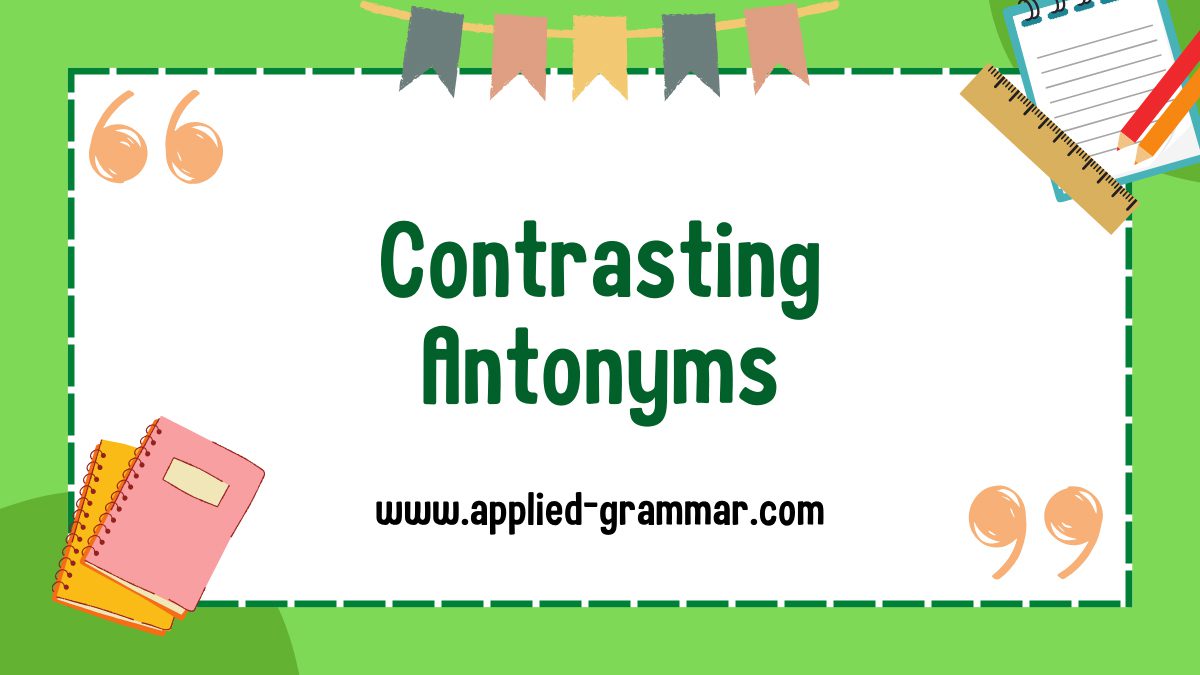Are you familiar with the concept of contrasting antonyms? These unique pairs of words have opposite meanings but rely on the context of their relationship rather than simple definitions. By understanding the relationship between these antonyms, we can enhance our comprehension of language and concepts.
Relational antonyms, for example, showcase the contrasting nature of various relationships and comparisons. Think of pairs like parent and child, teacher and student, or employer and employee. These antonyms help us grasp the dynamics and connections within these relationships, deepening our understanding of the world around us.
But it doesn’t stop there. Have you ever come across words that can be their own opposites? These mind-boggling terms are known as autoantonyms. Their contradictory meanings depend entirely on the context in which they are used. Exploring the intricacies of these antonyms can unravel the fascinating complexities of language and challenge our preconceived notions.
In this text, we will investigate into the world of contrasting antonyms, exploring the relationship between words that seem to be at odds with each other. Join us as we uncover the nuances and hidden meanings behind these linguistic puzzles.
Key Takeaways
- Contrasting antonyms are pairs of words with opposite meanings, and they provide a clear contrast between two concepts or ideas.
- By understanding the relationship between contrasting antonyms, we can enhance our comprehension of language and concepts.
- There are different types of antonyms, including gradable antonyms, complementary antonyms, relational antonyms, and autoantonyms.
- Antonyms play a crucial role in language comprehension and effective communication by providing clarity, depth, engagement, and an enriched vocabulary.
- Antonyms rely on the context in which they are used, and understanding antonyms within their relational context enhances our comprehension of language.
- Common mistakes in understanding the relationship between opposites include assuming strict opposite meanings, ignoring contextual cues, and overgeneralizing interpretations of antonyms.
Understanding Antonyms
Antonyms are words that have opposite meanings. They provide a clear contrast between two concepts or ideas. By using antonyms, we can highlight the differences between things and enhance our understanding of language and concepts.
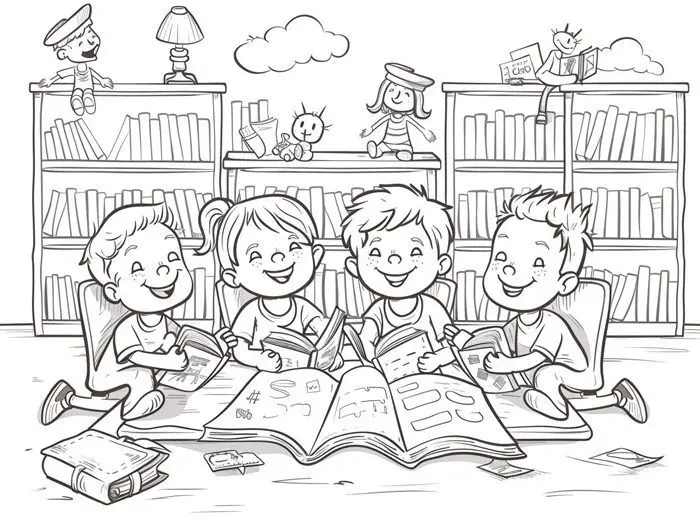
Antonyms can be found in various forms, including single words, phrases, or even entire sentences. They help convey contrasting relationships, comparisons, or opposite characteristics. By using antonyms in our writing, we can create a stronger impact and engage our readers.
Types of Antonyms
There are several types of antonyms that you should be familiar with:
- Gradable Antonyms: These antonyms represent two extremes of a scale. For example, hot and cold, big and small. They demonstrate a clear contrast between two opposite ends of a spectrum.
- Complementary Antonyms: These antonyms are pairs that represent an either-or relationship. One concept can only exist in the absence of the other. For example, alive and dead, on and off. They create a sense of exclusivity between the two concepts.
- Relational Antonyms: These antonyms show a contrast in relationships. They depict opposing concepts that highlight the difference in how two things relate. For example, parent and child, borrower and lender. They provide insights into the dynamic connections between objects or individuals.
- Autoantonyms: These unique antonyms are words that can be their own opposites depending on the context. They have multiple meanings, each representing the opposite of the other. For example, “sanction” can mean to approve or to penalize, depending on the context. Autoantonyms add complexity and depth to language and require contextual understanding for proper interpretation.
Each type of antonym serves a different purpose and provides a unique way to express contrasting ideas. By familiarizing yourself with these types, you can effectively use antonyms in your writing to convey precise meanings and create engaging content.
Understanding antonyms and their intricacies is essential for effective communication and comprehension. By incorporating antonyms in your writing, you can add depth and clarity to your ideas. Keep exploring, practicing, and refining your use of antonyms to enhance your writing skills.
Contrasting Antonyms
In this section, we will explore the concept of contrasting antonyms and their importance in enhancing language comprehension. Understanding the relationship between contrasting antonyms is essential for effective communication and can add depth and clarity to your writing.
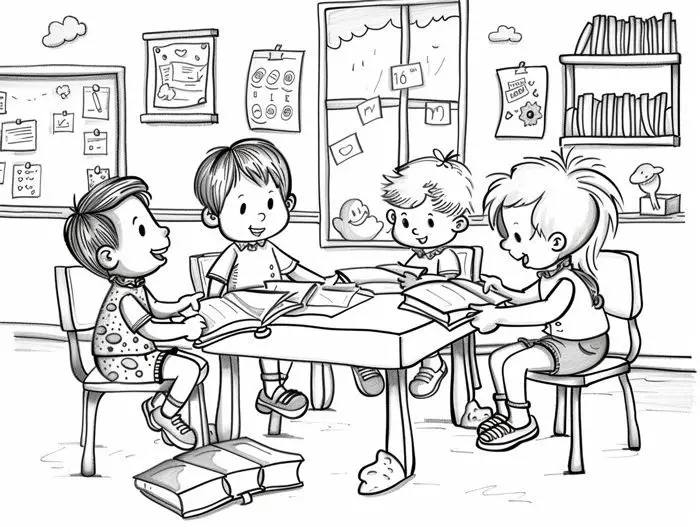
Definition of Contrasting Antonyms
Contrasting antonyms are words that have opposite meanings and are used to highlight the differences between two concepts or ideas. They provide a clear contrast and help convey contrasting relationships, comparisons, or opposite characteristics.
For example:
- Hot and cold are contrasting antonyms that depict opposite temperatures.
- Love and hate are contrasting antonyms that represent contrasting emotions.
Examples of Contrasting Antonyms
Let’s take a look at some more examples of contrasting antonyms to better understand their usage:
- Good and bad
- Light and dark
- Tall and short
- Happy and sad
- Big and small
Contrasting antonyms can be found in various forms, including single words, phrases, or even entire sentences. They play a vital role in expressing contrasting ideas and creating a more vivid and engaging writing.
Importance of Contrasting Antonyms
Contrasting antonyms play a crucial role in language comprehension and effective communication. Here are a few reasons why they are important:
- Clarity: Using contrasting antonyms helps clarify the meaning of a word or concept by providing a clear opposite. It allows readers to grasp the intended message more easily.
- Depth and Precision: Contrasting antonyms add depth and precision to your writing by highlighting the nuances between two ideas. They allow for more nuanced descriptions and comparisons.
- Engaging Writing: Incorporating contrasting antonyms can make your writing more engaging and interesting for the readers. It adds variety and captures their attention.
- Enriched Vocabulary: Understanding and using contrasting antonyms helps expand your vocabulary and improve your language skills. It allows you to express yourself more effectively.
By incorporating contrasting antonyms in your writing, you can enhance your ability to convey contrasting ideas and captivate your readers. So, embrace the power of contrasting antonyms and elevate the impact of your writing.
Remember to stay focused on the topic and context when using contrasting antonyms. Consider the meaning and connotations of the words you choose, and use them appropriately to ensure clarity and effective communication.
Understanding the Relationship Between Opposites
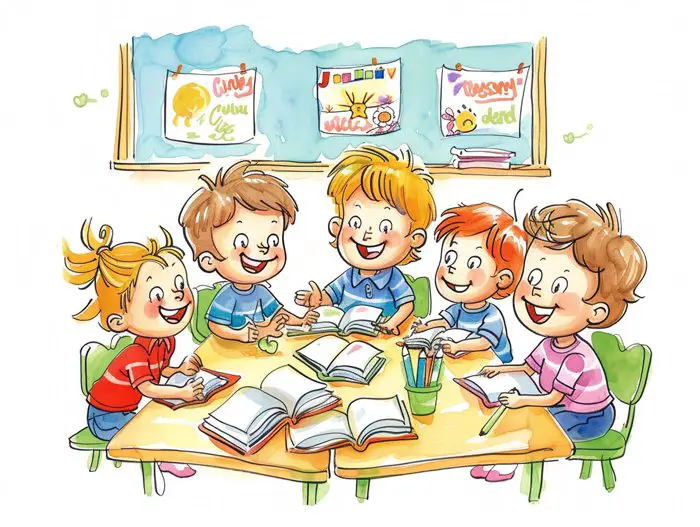
How Antonyms Relate to Each Other
When it comes to language and concepts, antonyms play a crucial role in conveying contrasting meanings. Antonyms are words that have opposite meanings, serving as clear contrasts between two ideas or concepts. But, it’s important to understand that not all antonyms are created equally. Some antonyms, known as contrasting antonyms, go beyond simply providing opposite meanings.
Contrasting antonyms are special antonyms that specifically highlight the differences between two concepts or ideas. They help us grasp the contrasting nature of various relationships and comparisons. For example, think of the antonyms hot and cold or love and hate. These words emphasize the stark differences between opposing concepts, allowing us to better comprehend the breadth and depth of language.
Role of Context in Understanding Antonyms
To truly grasp the relationship between opposites, it’s essential to consider the role of context. Antonyms rely heavily on the context in which they are used, rather than solely relying on opposite meanings. This contextual dependence allows us to understand the nuanced nature of antonyms and their impact on language comprehension.
Let’s take the antonyms parent and child as an example. On their own, these words may not convey complete opposite meanings. But, within the context of their relationship, the concept of opposite makes perfect sense. Understanding antonyms within their relational context enhances our comprehension of language and helps us navigate the intricate web of meanings.
Common Mistakes in Understanding the Relationship Between Opposites
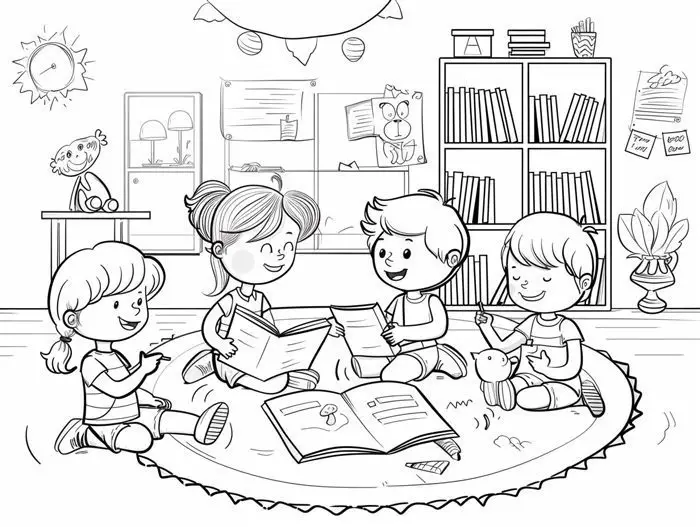
While antonyms provide a valuable tool for expressing contrasting ideas, it’s important to be aware of common mistakes that can hinder our understanding of the relationship between opposites. Here are a few pitfalls to avoid:
- Assuming strict opposite meanings: Antonyms aren’t always exact polar opposites. They can vary in degree and subtlety, offering shades of contrast rather than absolute differences.
- Ignoring contextual cues: Contextual cues are essential in understanding the true nature of antonyms. Failing to consider the broader context can result in misinterpretation or confusion.
- Overgeneralizing: Antonyms can have multiple meanings depending on their context. Avoid overgeneralizing and assuming a one-size-fits-all interpretation of antonyms.
By developing a deeper understanding of the relationship between opposites, we can improve our language comprehension and effectively convey contrasting ideas. Remember to consider the specific type of antonym, the role of context, and be mindful of potential pitfalls when interpreting the relationship between opposites.
Keep reading to discover the various forms of contrasting antonyms and how they can enhance your writing, vocabulary, and overall communication skills.
Conclusion
Understanding the relationship between contrasting antonyms is essential for enhancing language comprehension and creating engaging writing. By incorporating contrasting antonyms, you can effectively convey contrasting ideas and captivate your readers.
Contrasting antonyms are words that highlight the differences between two concepts or ideas. They provide a clear contrast and play a crucial role in expressing contrasting ideas. Examples of contrasting antonyms include hot and cold, love and hate.
It is important to remember, antonyms rely heavily on the context in which they are used. Understanding antonyms within their relational context enhances language comprehension. Avoid common mistakes such as assuming strict opposite meanings, ignoring contextual cues, and overgeneralizing.
By developing a deeper understanding of the relationship between opposites, you can improve your language comprehension and create more vivid and precise writing. Incorporating contrasting antonyms will add clarity, depth, and precision to your work, as well as enrich your vocabulary.
To conclude, embracing the power of contrasting antonyms will elevate your writing and enable you to convey contrasting ideas with clarity and impact. So, go ahead and discover the area of contrasting antonyms to enhance your language skills and captivate your readers.
